20 August 2017
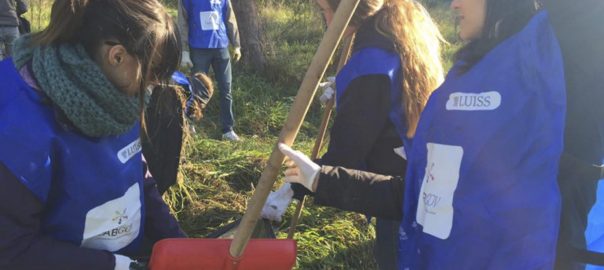
Elinor Ostrom’s groundbreaking research established that it is possible to collaboratively manage common pool resources, or commons, for economic and environmental sustainability. She identified the conditions or principles which increase the likelihood of long-term, collective governance of shared resources. Although these principles have been widely studied and applied to a...
3 Comment(s)Join our Conversation
16 August 2017
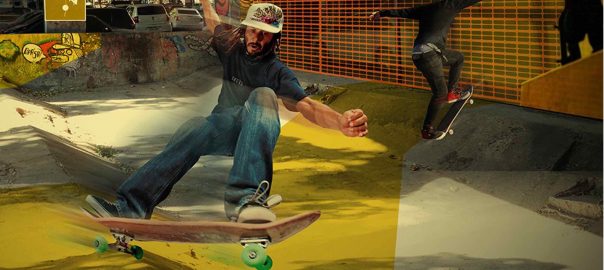
Leia uma versão em português aqui. About fifteen years ago I fell in love with watersheds. Then, my passion extended to the forests and ecosystems that sustain them. Then, I discovered the urban waters and biodiversity, and consequently urban ecology, when I started researching on urban blue-green infrastructure and how...
0 Comment(s)Join our Conversation
16 August 2017
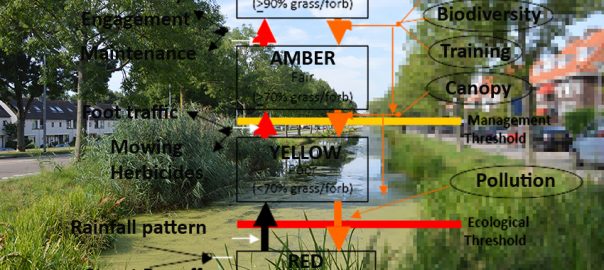
29 Comment(s)
Join our Conversation
13 August 2017

The “common good”—what an ambitious expression! As far as environmental protection is concerned, governments want us to believe that it is always performed precisely for the sake of the “common good”, or “public interest”. However, things are not that simple. From a socially critical viewpoint, environmental protection remains a dangerously...
0 Comment(s)Join our Conversation
9 August 2017
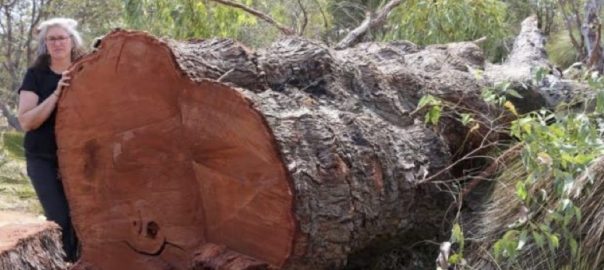
Protecting remnant swathes of nature is not easy, and may often require concerted, vigorous community efforts. There are many threats: the most common of which seem to be highways and development, which are often backed by considerable financial resources and lots of momentum. So one takes notice when something unusual...
0 Comment(s)Join our Conversation
7 August 2017
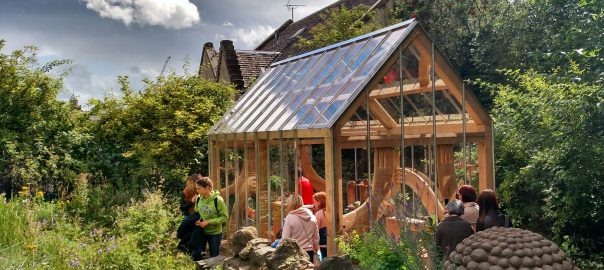
A review of “Palm House”, a commissioned project on view at the Edinburgh Art Festival until 27 August 2017. The year is 1880; the place is Edinburgh, Scotland. Edinburgh’s Old Town is internationally known for its squalid conditions; its tenement slums plagued by poor sanitation and overcrowded housing. The medieval...
0 Comment(s)Join our Conversation
6 August 2017
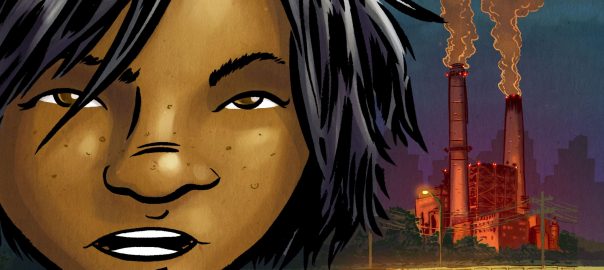
In 2013, the New York Power Authority razed the Charles Poletti Power Plant in Astoria, NY. In doing so, Power Authority removed what local elected official Michael Gianaris had characterized as a “symbol[] of pollution that haunted [the] neighborhood”. The characterization was an apt one. The Poletti Plant had for...
0 Comment(s)Join our Conversation
2 August 2017
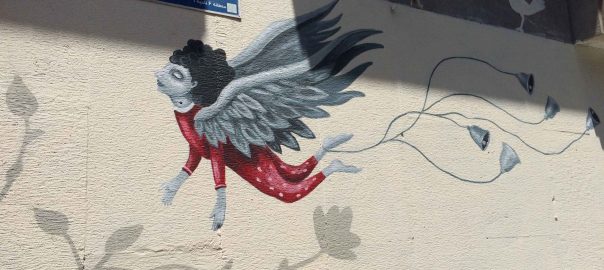
We walked approximately 1,500 kilometers in Iran, and something was noticeably missing: Graffiti. Scribbled names or tags, spray painted symbols, and thought-provoking political commentary were absent in cities, towns and villages from Sarakhs on the Turkmenistan border to Astara on the Azerbaijan border to the sprawling capital of Tehran to...
0 Comment(s)Join our Conversation
30 July 2017
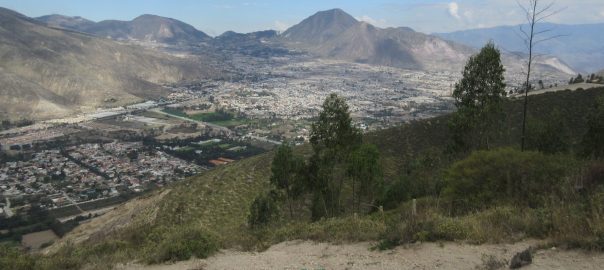
Cities have been recognized as key drivers toward the successful governance of resources and as the front line in combating climate change. But there is a huge urban-rural inequality in carbon emissions in the making, particularly in rapidly urbanizing developing countries. Thus, the political and economic divide between the Global North and...
2 Comment(s)Join our Conversation
26 July 2017
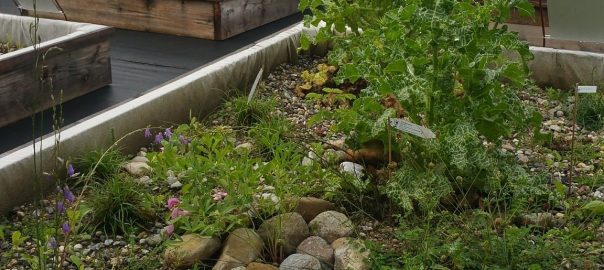
Some weeks ago my colleagues (from the University of Applied Sciences in Geneva and the City of Lausanne, Nature and City Department) and I organized a half-day event: an exchange of experiences on the Swiss green roof standards practice with the Swiss Society of Engineers and Architects (SIA) in Lausanne....
2 Comment(s)Join our Conversation
24 July 2017
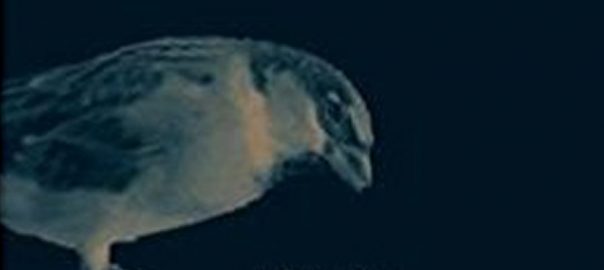
A review of: Sparrow by Kim Todd. 2012. 192 pages. ISBN 978-1-86189-875-3. Reaktion Books, London. Buy the book. Sparrows are everywhere! They are varied in types and forms, offering a unique repertoire of opportunities to get to know and assess them, from their scientific study to the most diverse artistic interpretations. In...
2 Comment(s)Join our Conversation
23 July 2017

One adage I want to share after finishing the US Forest Service Inaugural International Urban Forestry Seminar is: look more closely, think more deeply. This was something that one of the presenters said to us on our first day in Chicago and it stuck with me throughout our journey. Over the...
2 Comment(s)Join our Conversation
19 July 2017

The city landscape, because of the holistic nature of city-forming factors and urban community, is like a book in which the various characteristics of the city and its citizens are visible: values and norms, economic conditions, tastes and aesthetic criteria, commitment to the living environment, and so on. Throughout history, the...
0 Comment(s)Join our Conversation
16 July 2017

In many cities, urban nature is managed in a multicultural landscape. The ethnic and cultural diversity seen in many western cities today, mostly driven by recent immigration, is unprecedented. For example, Toronto boasts a foreign-born population of about 50%. In Australia, 25% of the population is foreign-born. In many European...
0 Comment(s)Join our Conversation
10 July 2017
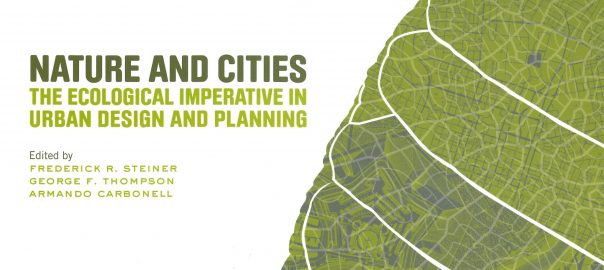
A review of: Nature and Cities: The Ecological Imperative in Urban Design and Planning by Frederick R. Steiner, George F. Thompson, Armando Carbonell (eds.). 2016. ISBN 9781558443471. Lincoln Institute of Land Policy. Cambridge, Massachusetts. 465 pages. Buy the book. As I opened this handsomely large book, I was pleased to see...
3 Comment(s)Join our Conversation
9 July 2017
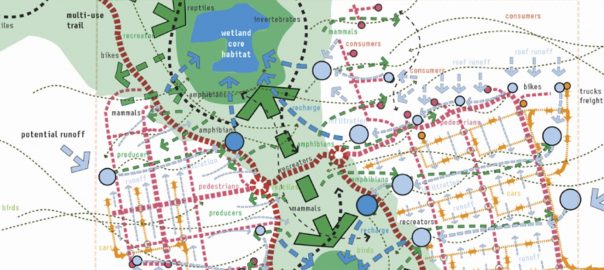
Designers and scientists are different. We think, communicate, and interact with the world in vastly different ways. For instance, designers often develop evocative renderings of our creations, varying in style, but of a similar nature to the image below: a collage perspective showing a scene explaining a design concept. For...
2 Comment(s)Join our Conversation
5 July 2017
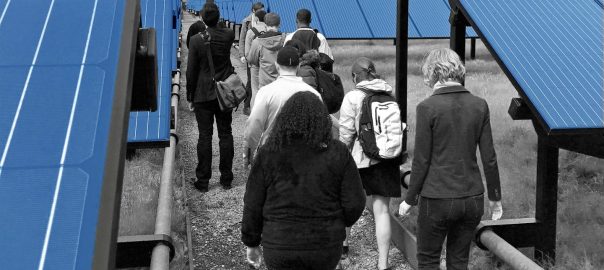
Post-industrial cities in the United States and elsewhere are implementing brownfields to brightfields programs that help develop local economies, generate clean energy and manage pollution. Brownfields are former industrial sites or landfills with contaminated soil. These sites pose both environmental and social challenges, as contamination must be remediated prior to...
0 Comment(s)Join our Conversation
2 July 2017

Recently, Colding and Barthel (2017) critiqued how the Smart City-model is taken more or less as a given good for creating sustainable cities. This view is deeply rooted in seductive visions of the future, where the digital revolution stands as the primary force for change (for a critical perspective, see...
0 Comment(s)Join our Conversation
30 June 2017
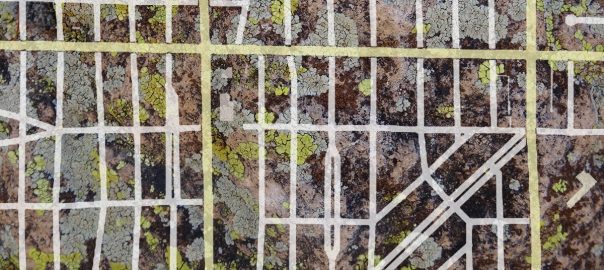
16 Comment(s)
Join our Conversation
28 June 2017
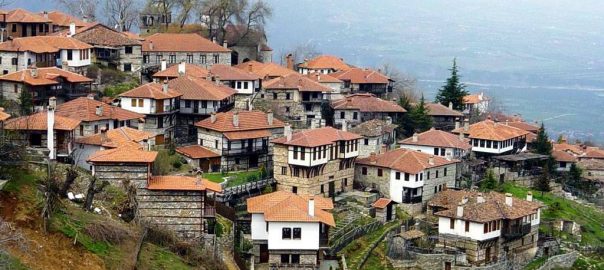
In the Lille citadel example that we saw in the previous part, we could observe a building technology achieving greater complexity over time, as each iteration survived or failed a new series of tests. Another aspect of the complexity of a geometric process seen in the Lille citadel example is...
0 Comment(s)Join our Conversation


